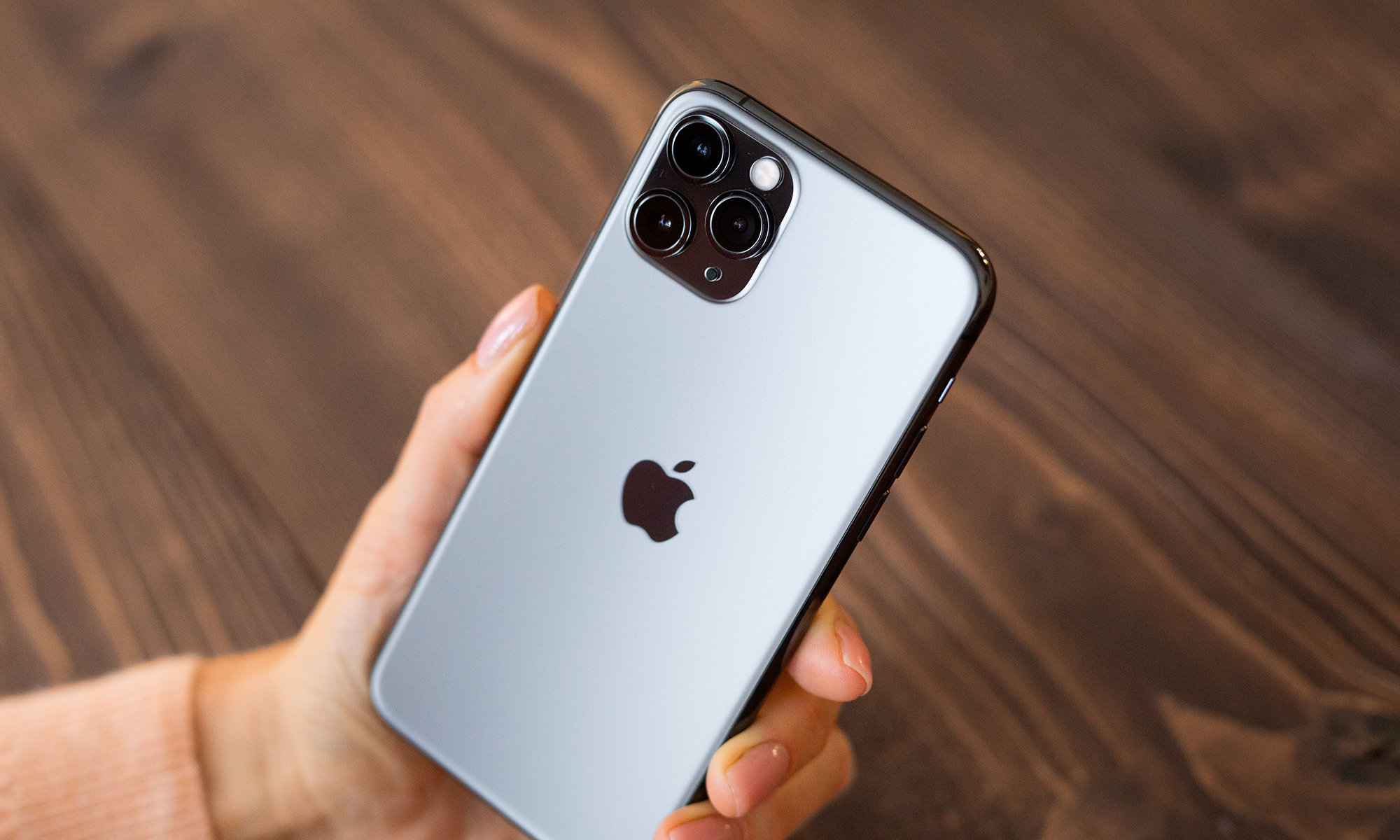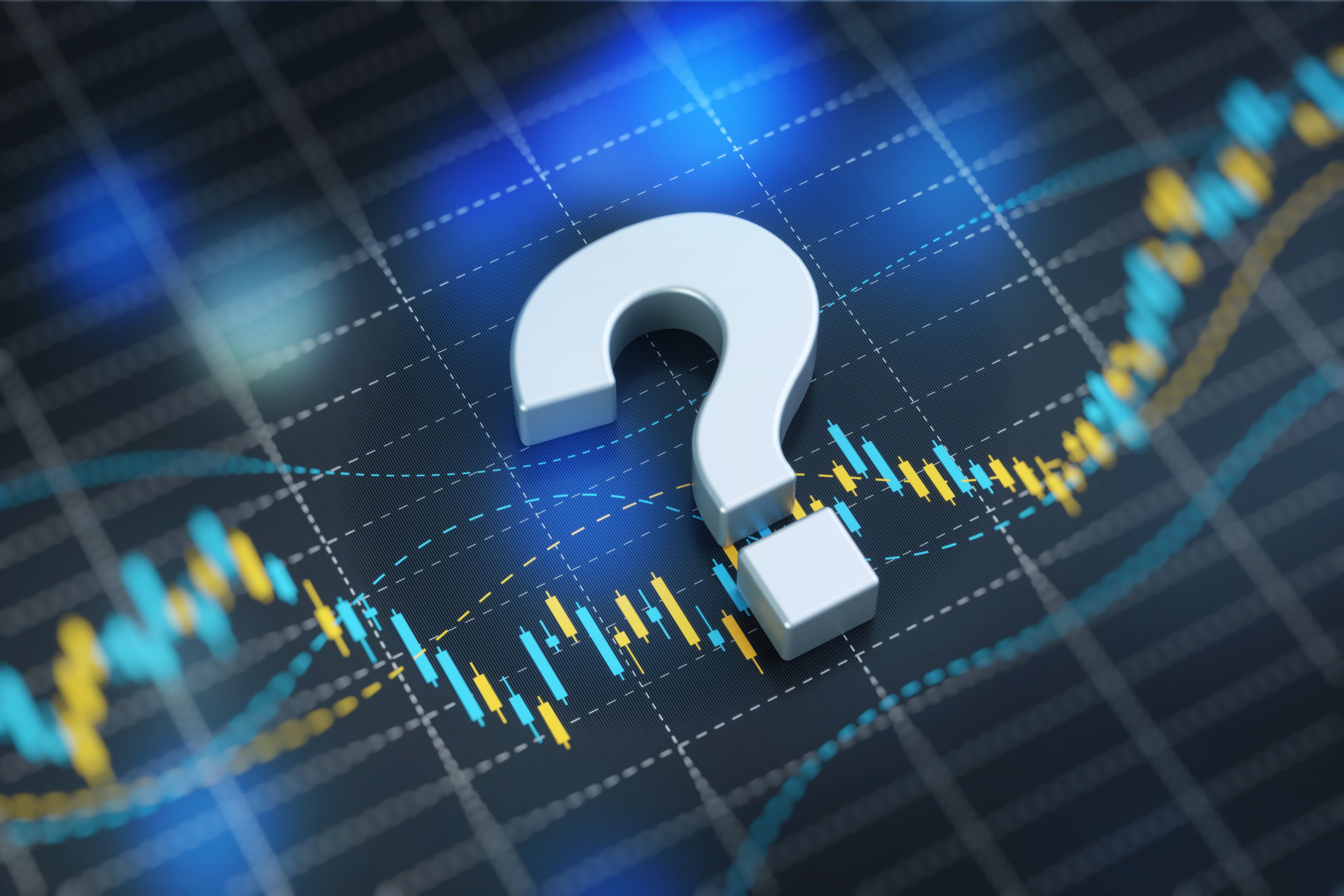Like clockwork, the average Apple (AAPL +0.17%) iPhone buyer upgrades every two years in the U.S. But would Apple customers upgrade at the same rate if the subsidized price were $299 instead of $199? We may soon find out. Several reports are suggesting that Apple may sell the iPhone 6 for a subsidized price of $299. While the news may be disappointing for consumers planning to buy the new iPhone, several analysts think that such a move would work out well for Apple's business.

iPhone 5c. Speculation surrounding Apple's iPhone 6 models suggest Apple may be planning to launch both a 4.6-inch and 5.5-inch iPhone this year.
Bringing Apple back to big growth?
Reports that Apple could sell its iPhone 6 at a higher price point than usual began in early March when Pacific Crest analyst Andy Hargreaves upgraded his price target for Apple stock to $635, more than $100 above today's trading price, giving the stock an outperform rating.
A $299 subsidized price for the iPhone 6 was his primary reason for the upgrade. The phone, speculated to have a larger screen-size than the iPhone 5s, would not only boost gross profit on replacement sales but would also attract new customers entirely who may have otherwise opted for an Android device with a larger display.
And the pricey iPhone 6's effect on replacement cycles? "We expect iPhone replacement rates to remain stable for the foreseeable future, which should underpin strong cash flow to fuel Apple's cash return activity and a still growing net cash balance," Hargreaves said in a report to investors (via The Street).
The latest analyst to join in on the bullish projections for a pricier iPhone 6 is Jefferies analyst Peter Misek. Apple is already courting U.S. carriers with the idea of adding $100 to the current subsidized price of new iPhones with the launch of the iPhone 6, according to Misek (via StreetInsider). While Misek says that carriers seem initially opposed to the idea, he believes that they may eventually cave and give Apple "at least some of the increase" that it is seeking.
[W]e think this general lack of differentiation could be the reason why Apple may be able to get a price increase. Carriers realize that the iPhone 6 will likely be the only headline-worthy high-end phone launched this year and that they will lose subs if they do not offer it.

How would a more expensive iPhone 6 impact Apple's bottom line? Misek's worst-case scenario, in which Apple's average selling price grows by $50 and unit sales decline by 5%, predicts EPS growth of 6% post iPhone 6 launch. His best-case scenario projects the average selling price to grow by $100 and unit sales growth to remain flat. The impact? Year-over-year EPS growth of 24%.
Interestingly, both Misek's bear and bull scenario for a more expensive iPhone are enough to argue that Apple is potentially underpriced at today's levels. Trading at just 13 times earnings, short of the S&P 500's price-to-earnings ratio of 17.6, Apple needs very little growth to justify its current valuation. And keep in mind that Misek's scenario doesn't even consider the potential impact of the new categories Apple CEO Tim Cook has promised.
While investors shouldn't consider a higher price point for the iPhone 6 locked in at this point, the possibility of a price increase in Apple's largest and most profitable business segment at least provides another reason to believe that the market may not be fully appreciating all of Apple's pricing power and customer loyalty. And if Hargreaves and Misek really are on to something, Apple stock may be straight-up cheap.






